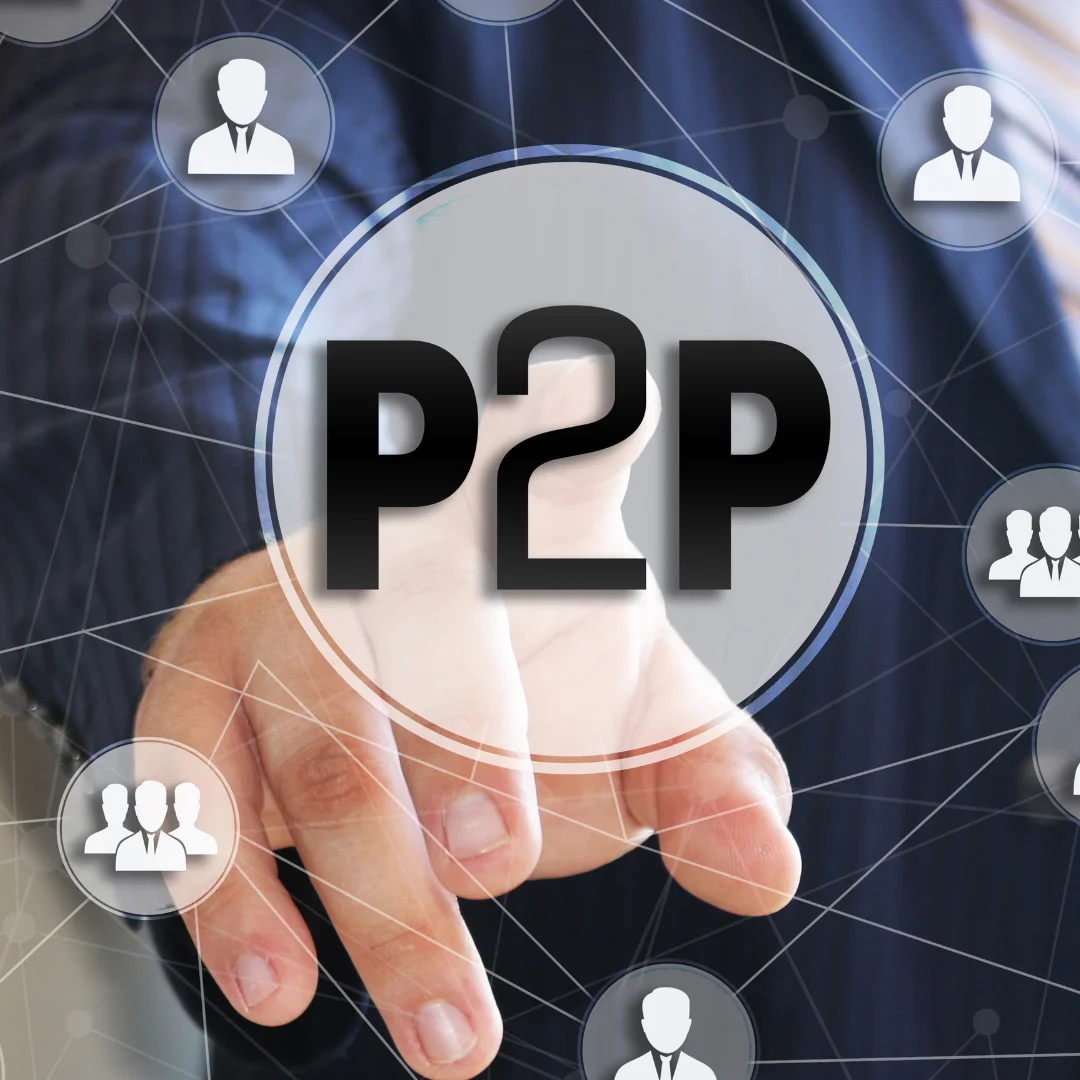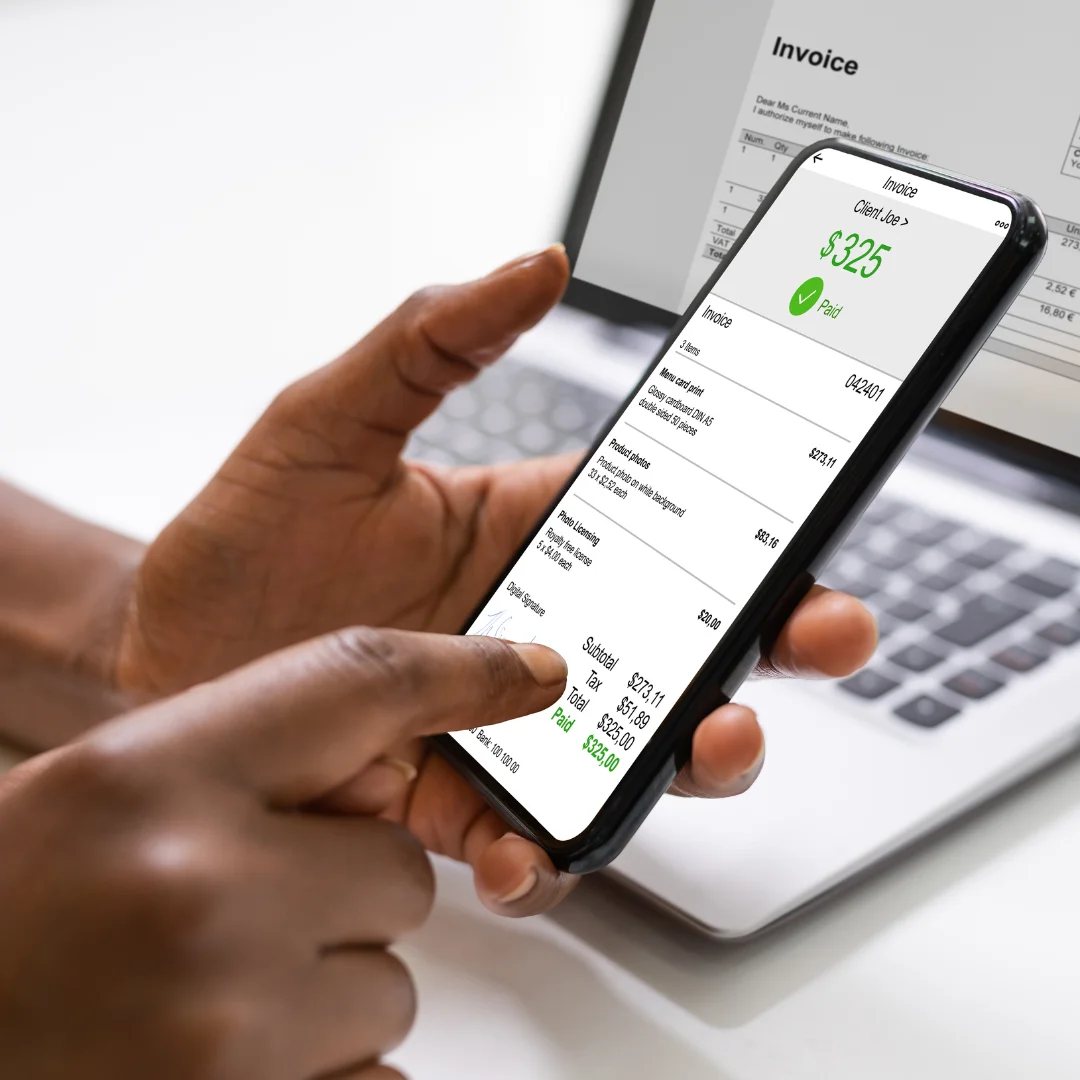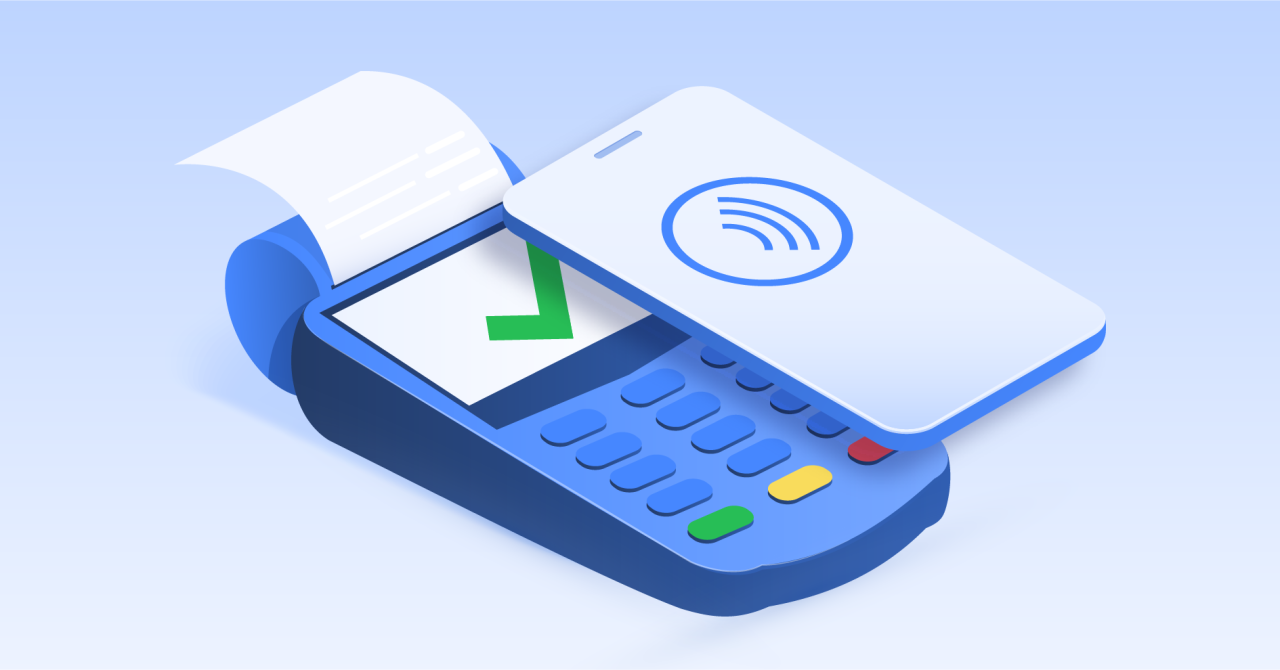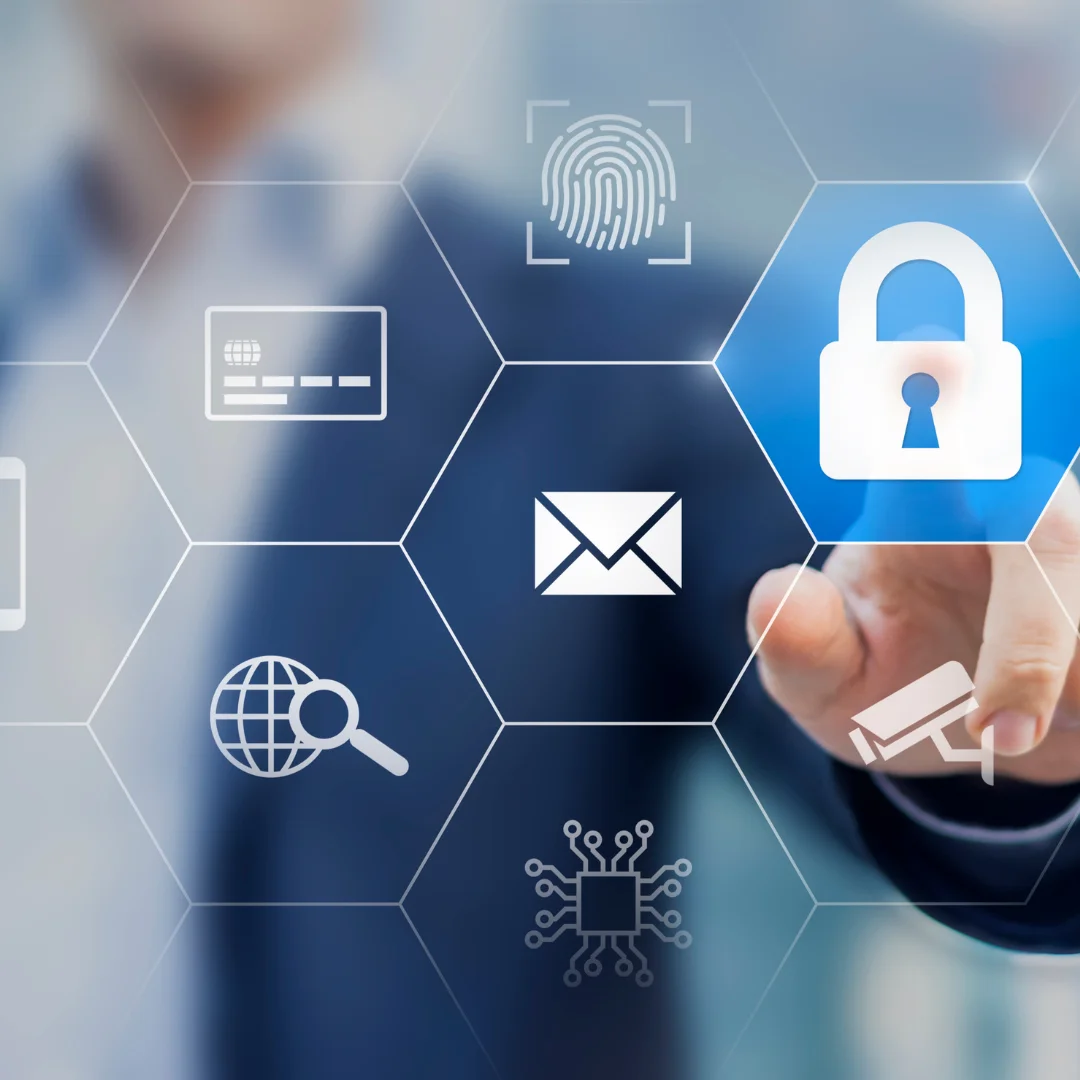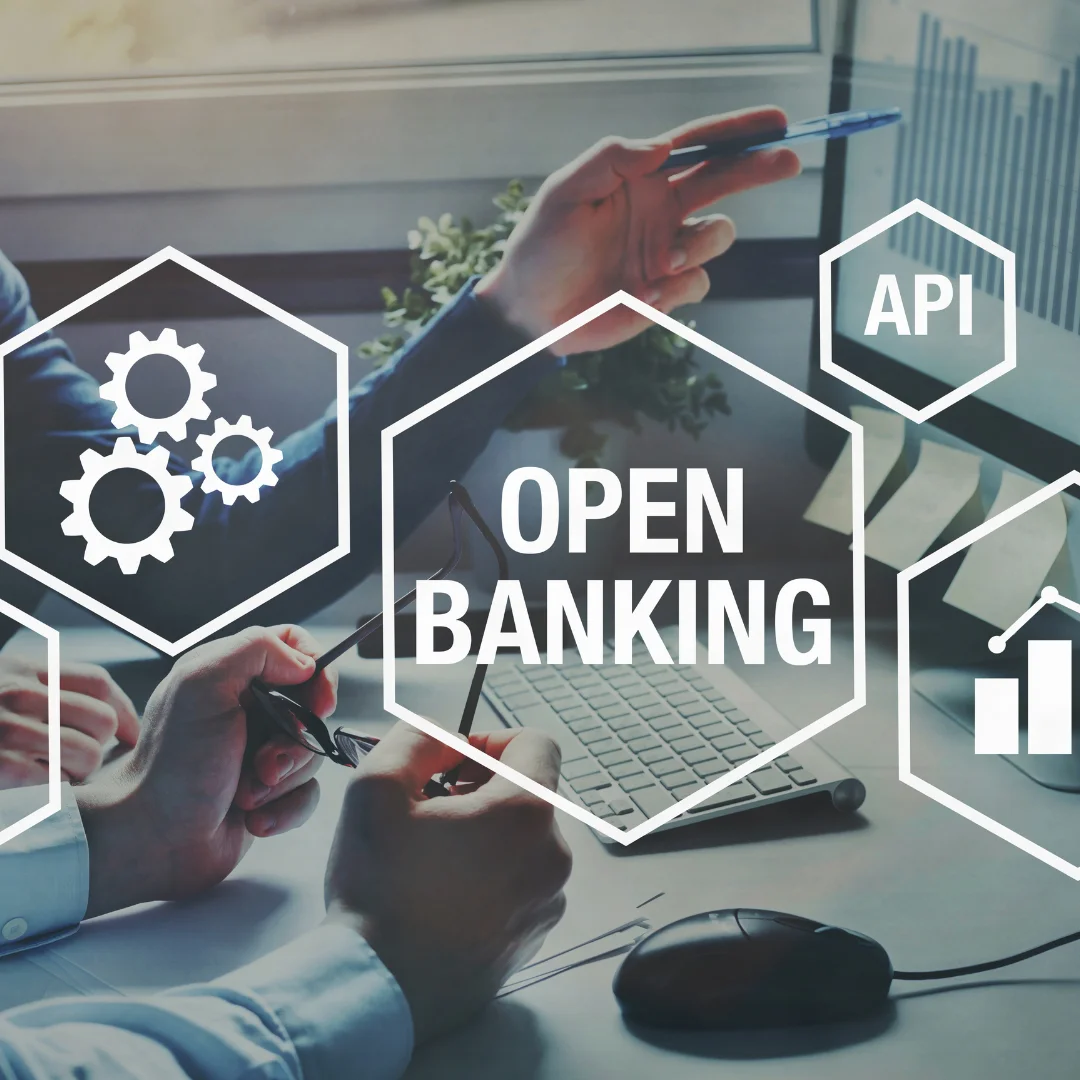The rapid growth of e-commerce has transformed the way people shop and conduct business. Digital payments have played a pivotal role in this growth, providing convenience, security, and efficiency to both consumers and businesses.
Traditional payment methods like cash and checks have been declining in popularity as digital payment options such as credit/debit cards, mobile wallets, and online payment gateways have become more widely adopted. These methods offer a number of advantages over traditional payment methods, including:
Convenience: Digital payments are quick and easy to make from any location with an internet connection.
Security: Digital payments are often more secure than traditional payment methods, as they use encryption and other security measures to protect customer data.
Efficiency: Digital payments can streamline the checkout process and make it easier for businesses to process payments.
The growth of e-commerce has also driven the development of new payment technologies, such as contactless payments, biometric authentication, and blockchain-based solutions. These technologies offer even greater convenience, security, and efficiency than traditional digital payment methods.
The symbiotic relationship between e-commerce and digital payments has also led to the rise of new business models. Subscription services, digital marketplaces, and peer-to-peer platforms have all flourished in recent years, thanks to the convenience and security of digital payments.
While the growth of e-commerce and digital payments has been positive overall, there are some challenges that need to be addressed. One challenge is security. As more and more transactions are conducted online, there is an increased risk of fraud and data breaches. Another challenge is privacy.
Consumers are increasingly worried about how corporations use their personal information.
Despite these challenges, the future of e-commerce and digital payments looks bright. The continued growth of these technologies will make it easier, more convenient, and more secure for people to shop and conduct business online.
Cost: Voice recognition systems can be expensive to develop and deploy.
Overall, voice recognition technology has the potential to revolutionize the payments landscape by making payments more convenient, secure, and efficient. However, there are still some challenges that need to be addressed before this technology can become more widely adopted.





